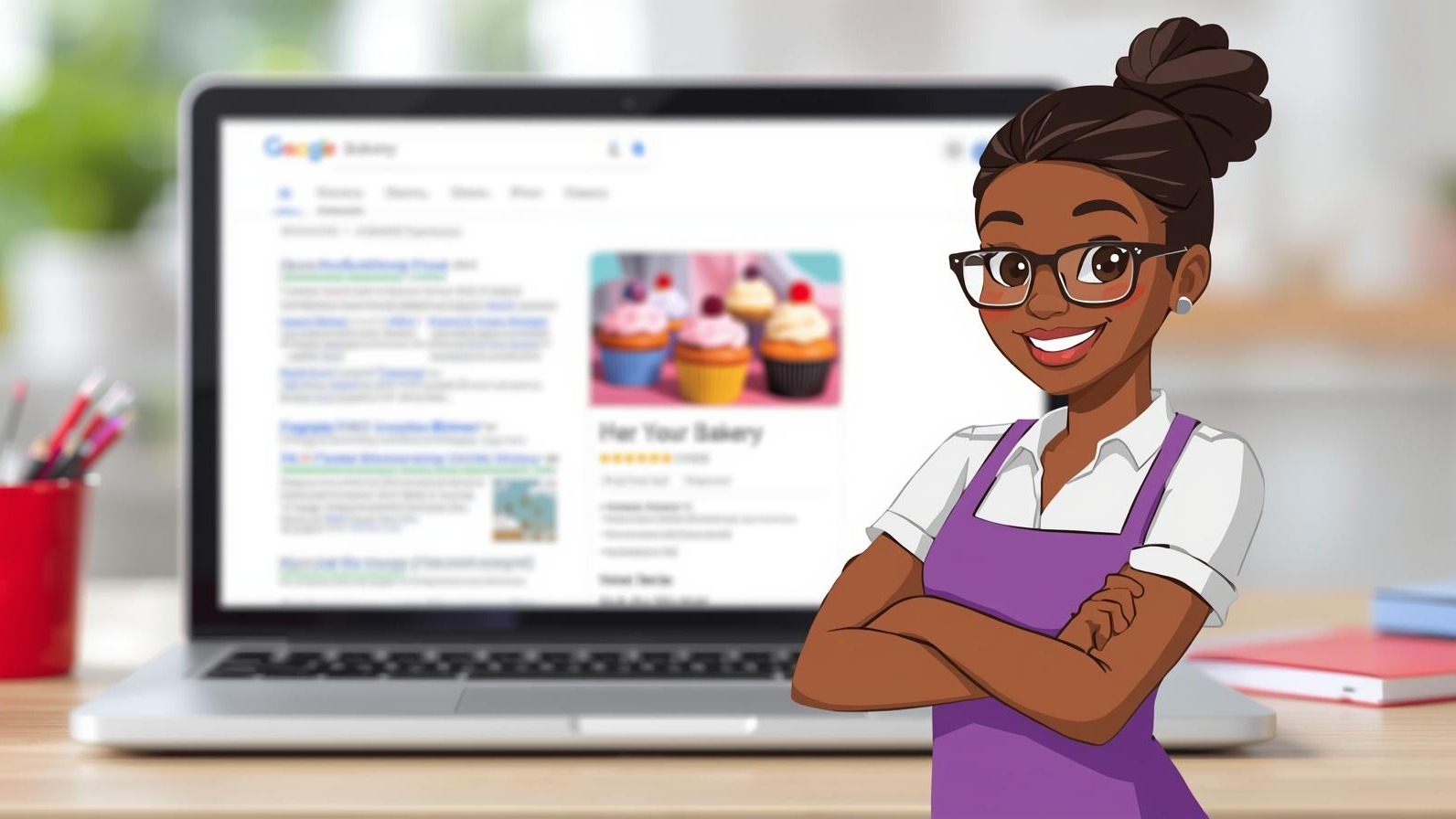Are you struggling to convert website visitors into customers? The solution might be simpler than you think: effective calls to action (CTAs). In this comprehensive guide, you'll learn everything you need to know about creating CTAs that drive results.
Understanding Calls to Action
A call to action (CTA) is a strategic prompt that guides users toward a desired action, whether that's making a purchase, signing up for a newsletter, or downloading a resource. CTAs come in various forms, including buttons, banners, links, images, and popups, each serving different purposes along the customer journey.
Example: A "Sign Up Now" button on a landing page that leads to a newsletter subscription form.
The Power of CTAs in Marketing
CTAs do more than just drive sales—they're essential tools that:
Guide visitors through your sales funnel
Capture valuable customer information
Increase engagement with your content
Drive measurable business results
Create clear paths to conversion
Example: An e-commerce site using a "Add to Cart" button followed by a "Proceed to Checkout" CTA to guide customers through the purchasing process.
12 Proven CTA Strategies That Convert
1. Harness the Power of Action Verbs
Strong action verbs create urgency and momentum. Top-performing verbs include:
Buy
Save
Subscribe
Download
Get
Discover
Claim
Reserve
Example: "Download Your Free E-book Now" instead of "E-book Available"
2. Perfect the Free Trial Offer
Free trials are particularly effective for SaaS companies, with average conversion rates of 8.5% for organic traffic. Key success factors include:
No credit card requirement
Sufficient trial duration (30+ days recommended)
Clear value proposition
Immediate access
Example: "Start Your 30-Day Free Trial - No Credit Card Required"
3. Focus on Benefits
Your CTA should immediately communicate value. Highlight benefits like:
Cost savings
Time efficiency
Problem resolution
Improved outcomes
Example: "Save 50% on Your First Order" instead of "Buy Now"
4. Demonstrate Instant Value
Show users exactly what they'll receive, whether it's:
Immediate access to resources
Instant solutions to problems
Clear, tangible benefits
Specific outcomes
Example: "Get Instant Access to 100+ Templates"
5. Leverage Emotion and Curiosity
Create compelling CTAs by:
Using emotionally charged language
Creating intrigue about offers
Incorporating social proof
Building anticipation
Example: "Join 10,000+ Happy Customers - See What You're Missing!"
6. Apply the Problem-Agitation-Solution (PAS) Framework
Structure your CTA copy following this proven formula:
Present a relevant problem
Amplify the pain points
Offer your solution
Example: "Tired of Slow Website Speed? Our Optimization Tool Boosts Performance by 300%. Try It Now!"
7. Utilize FOMO (Fear of Missing Out)
Create urgency through:
Limited-time offers
Countdown timers
Exclusive deals
Scarcity messaging
Example: "Only 5 Spots Left! Secure Your Seat Now"
8. Implement Ethical Clickbait
Create intrigue without misleading by:
Using attention-grabbing headlines
Delivering on promises
Maintaining transparency
Providing genuine value
Example: "You Won't Believe These 5 Marketing Hacks (That Actually Work)"
9. Offer Valuable Incentives
Encourage action with meaningful bonuses:
Downloadable resources
Exclusive content
Special discounts
Premium features
Example: "Sign Up Now and Get a Free SEO Audit Worth $500"
10. Optimize CTA Placement
Strategic positioning is crucial:
Above the fold for key CTAs
Throughout content for contextual relevance
In sidebars for persistent visibility
At natural decision points
Example: Placing a "Subscribe" button both at the top of a blog post and at the end, where readers are most engaged.
11. Align with the Marketing Funnel
Match CTA messaging to user intent:
Awareness: Educational CTAs
Consideration: Free trials/demos
Decision: Purchase-focused CTAs
Retention: Upgrade/referral CTAs
Example: For a user in the awareness stage, use a CTA like "Learn More About Our Solutions"
12. Embrace A/B Testing
Continuously optimize by testing:
Copy variations
Design elements
Placement options
Offer types
Example: Testing "Get Started" vs. "Start Your Free Trial" to see which performs better.
Real-World Success Metrics
Based on actual website data from July to September 2024:
Full-screen quiz popups generated 65% of leads
Keyword analyzer tools drove 20% of conversions
"Book a call" banners accounted for 11% of leads
Best Practices for Implementation
When implementing CTAs:
Ensure high visibility through contrast and spacing
Maintain consistent branding
Use clear, concise language
Test thoroughly before full deployment
Monitor performance metrics
Iterate based on data
Conclusion
Creating effective CTAs is both an art and a science. Success comes from understanding your audience, testing different approaches, and continuously optimizing based on results. By implementing these strategies and maintaining a testing mindset, you can transform your CTAs from basic buttons into powerful conversion tools.
Remember: The best CTA is one that genuinely helps users take the next step in their journey while delivering real value to both the customer and your business.
FAQ Section
Q: What is a call to action (CTA)? A: A call to action is a prompt that encourages users to take a specific action, such as making a purchase, signing up for a newsletter, or downloading a resource.
Q: How do I choose the right CTA for my website? A: Consider your audience, their stage in the buyer's journey, and your specific goals. Test different options to see what resonates best with your users.
Q: How many CTAs should I have on a single page? A: While it varies, it's generally best to have one primary CTA and potentially a few secondary ones. Too many can overwhelm users and dilute your message.
Q: What colors work best for CTA buttons? A: Contrasting colors that stand out from your site's color scheme often work well. Common choices include red, green, and orange, but the best color depends on your specific design and audience.
Q: How can I measure the effectiveness of my CTAs? A: Track metrics such as click-through rates, conversion rates, and A/B test results to gauge performance and optimize over time.
 Add Row
Add Row  Add
Add 








Write A Comment